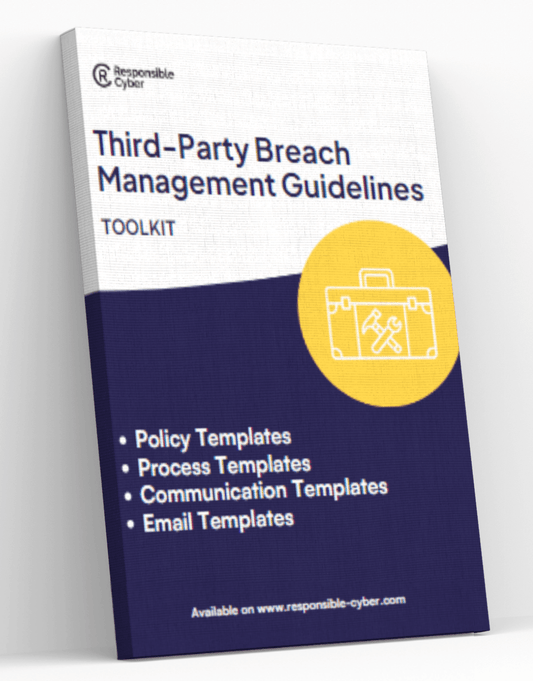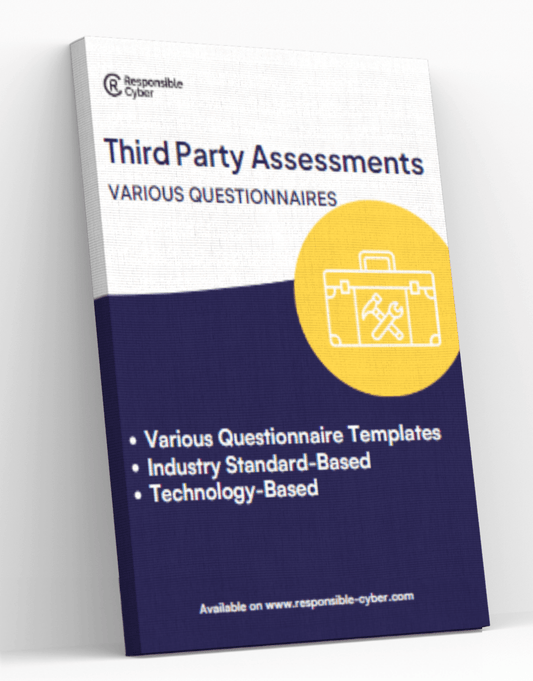Safeguarding Your Organization: A Comprehensive Guide to Third-Party Risk Assessment

Safeguarding Your Organization: A Comprehensive Guide to Third-Party Risk Assessment
In today's interconnected business landscape, organizations rely heavily on a network of third-party vendors, partners, and service providers to support their operations. While these external relationships offer numerous benefits, they also introduce potential risks that can have far-reaching consequences. Conducting a thorough third-party risk assessment is vital for protecting your organization from the various threats posed by these external entities.
The Importance of Third-Party Risk Management
As organizations increasingly outsource critical functions and services, the need for robust third-party risk management (TPRM) has become paramount. Failure to effectively assess and mitigate risks associated with third parties can lead to data breaches, regulatory non-compliance, financial losses, and reputational damage. A comprehensive third-party risk assessment helps organizations identify, analyze, and address these potential risks, ensuring the security and resilience of their operations.
Overview of the Comprehensive Risk Assessment Process
Conducting a comprehensive third-party risk assessment involves a systematic approach that encompasses several key steps. By following this process, organizations can establish a robust TPRM framework that safeguards their operations and protects their assets.
Step 1: Identify Third Parties
The first step in the third-party risk assessment process is to catalog all the vendors, partners, and service providers that your organization engages with. This includes creating a centralized database or utilizing a vendor management system to maintain a comprehensive record of these external relationships.
Step 2: Define Assessment Criteria
Next, you need to establish the criteria that will be used to assess the risks posed by your third parties. These criteria should be based on factors such as the type of data accessed, the financial stability of the third party, and the compliance requirements associated with the relationship. Aligning these criteria with your organization's risk appetite and regulatory standards is crucial for ensuring a robust and effective assessment process.
Step 3: Gather Information
Once the assessment criteria have been defined, the next step is to collect relevant data from your third parties. This may include financial statements, security policies, compliance certifications, and other relevant information. Utilize questionnaires and due diligence checklists to streamline the data-gathering process.
Step 4: Perform Risk Analysis
With the collected data in hand, you can now analyze the information to identify potential risks associated with each third party. Leverage risk assessment frameworks and scoring models to systematically evaluate the likelihood and impact of various risks, such as data breaches, financial instability, and regulatory non-compliance.
Step 5: Categorize Risks
Based on the risk analysis, categorize your third parties into different risk levels, such as high, medium, and low. This risk categorization can be visually represented using a risk matrix, which provides a clear and concise way to understand the overall risk profile of your third-party ecosystem.
Step 6: Conduct In-Depth Assessments
For high-risk third parties, it is essential to perform more detailed assessments, including security audits and compliance checks. Engage third-party risk management platforms or cybersecurity experts to assist with these in-depth evaluations, ensuring a comprehensive and thorough assessment.
Step 7: Develop Mitigation Plans
Once the risks have been identified and categorized, the next step is to create action plans to address and mitigate these risks. Collaborate with your third parties to implement the necessary security measures, compliance improvements, and other risk-reducing strategies.
Step 8: Document and Report Findings
Thoroughly document all the findings and actions taken during the third-party risk assessment process. Utilize reporting software to generate detailed risk assessment reports, which can be used to communicate the results to key stakeholders and decision-makers within your organization.
Step 9: Continuous Monitoring
Effective third-party risk management requires ongoing monitoring of your third-party relationships. Implement automated monitoring tools and processes to stay informed about any changes or emerging risks within your third-party ecosystem, allowing you to respond promptly and effectively.
Step 10: Review and Update Regularly
Finally, it is essential to regularly review and update your third-party risk assessment process. As threats evolve, and your third-party relationships change, it is crucial to adapt your TPRM framework to ensure it remains effective and relevant. Schedule periodic reassessments and audits to identify any necessary improvements or adjustments.
Conclusion
A comprehensive third-party risk assessment is a critical component of an organization's overall risk management strategy. By following the steps outlined in this guide, you can establish a robust TPRM framework that helps safeguard your organization from the potential risks posed by your external partners and vendors. Investing in a thorough third-party risk assessment not only protects your assets and reputation but also enables you to build stronger, more resilient relationships with your third-party ecosystem.
About Responsible Cyber
Responsible Cyber is a licensed cybersecurity and risk management company headquartered in Singapore.







